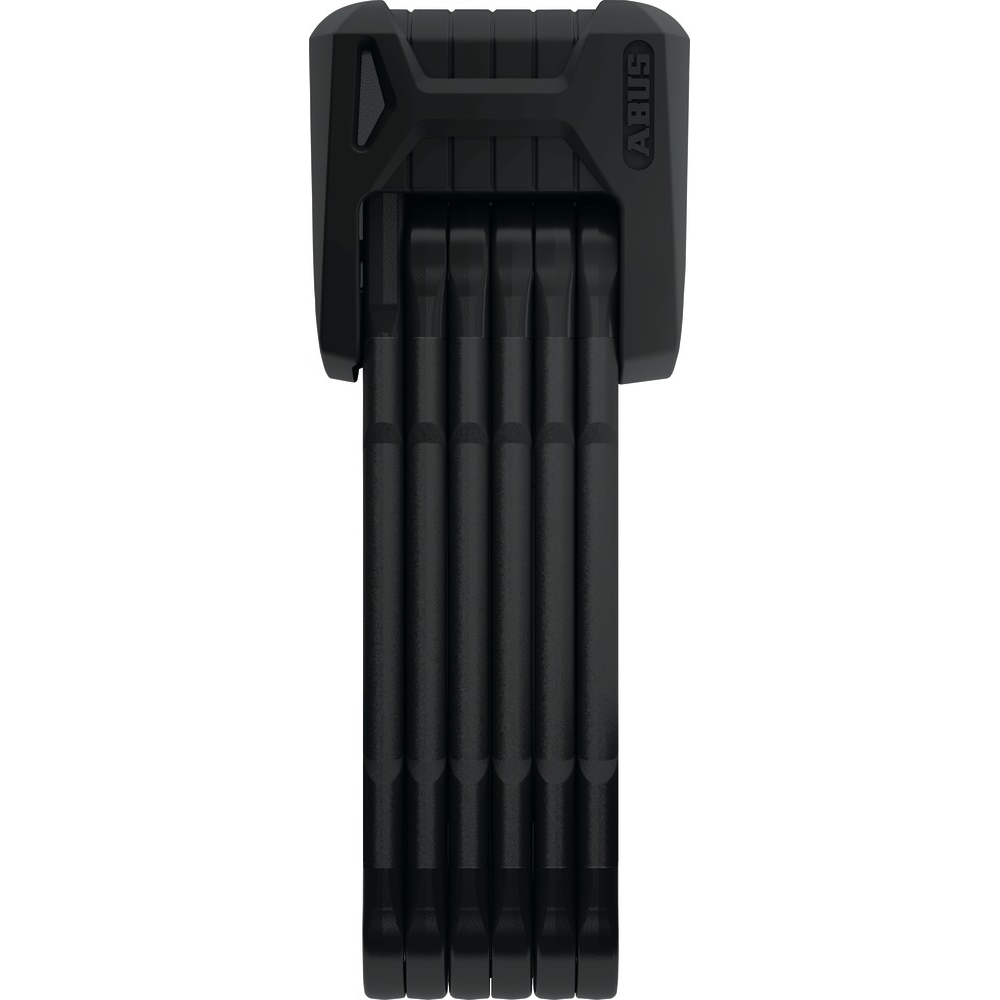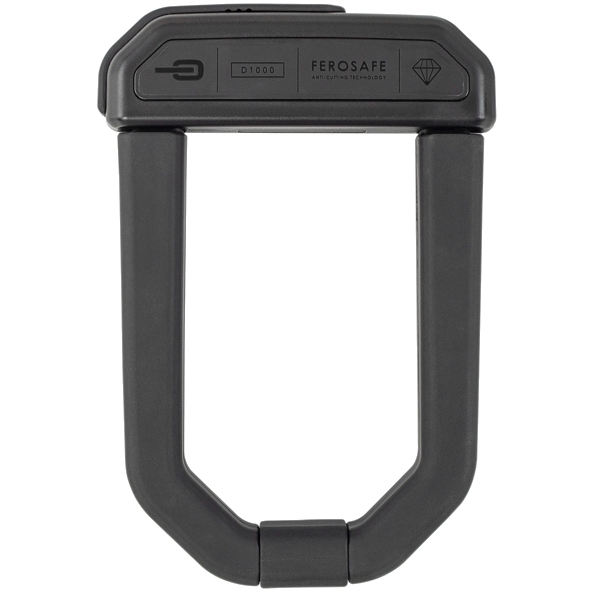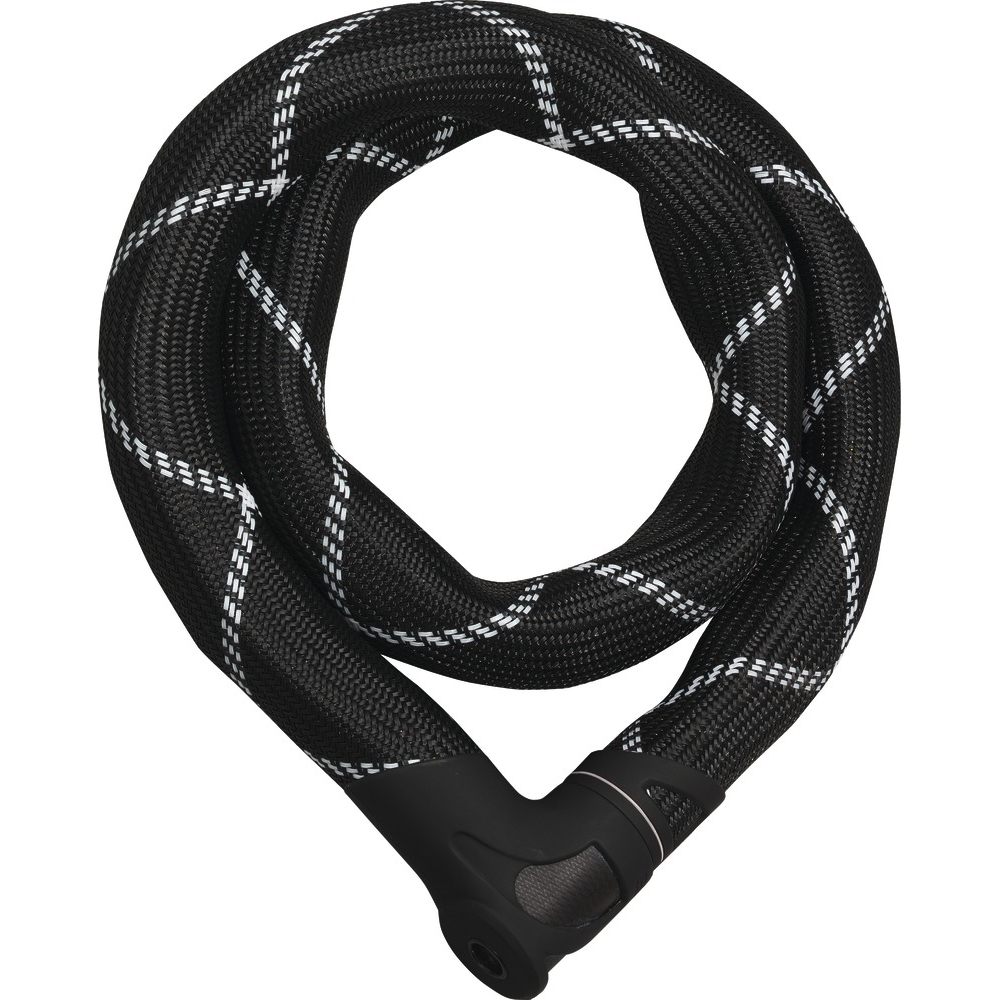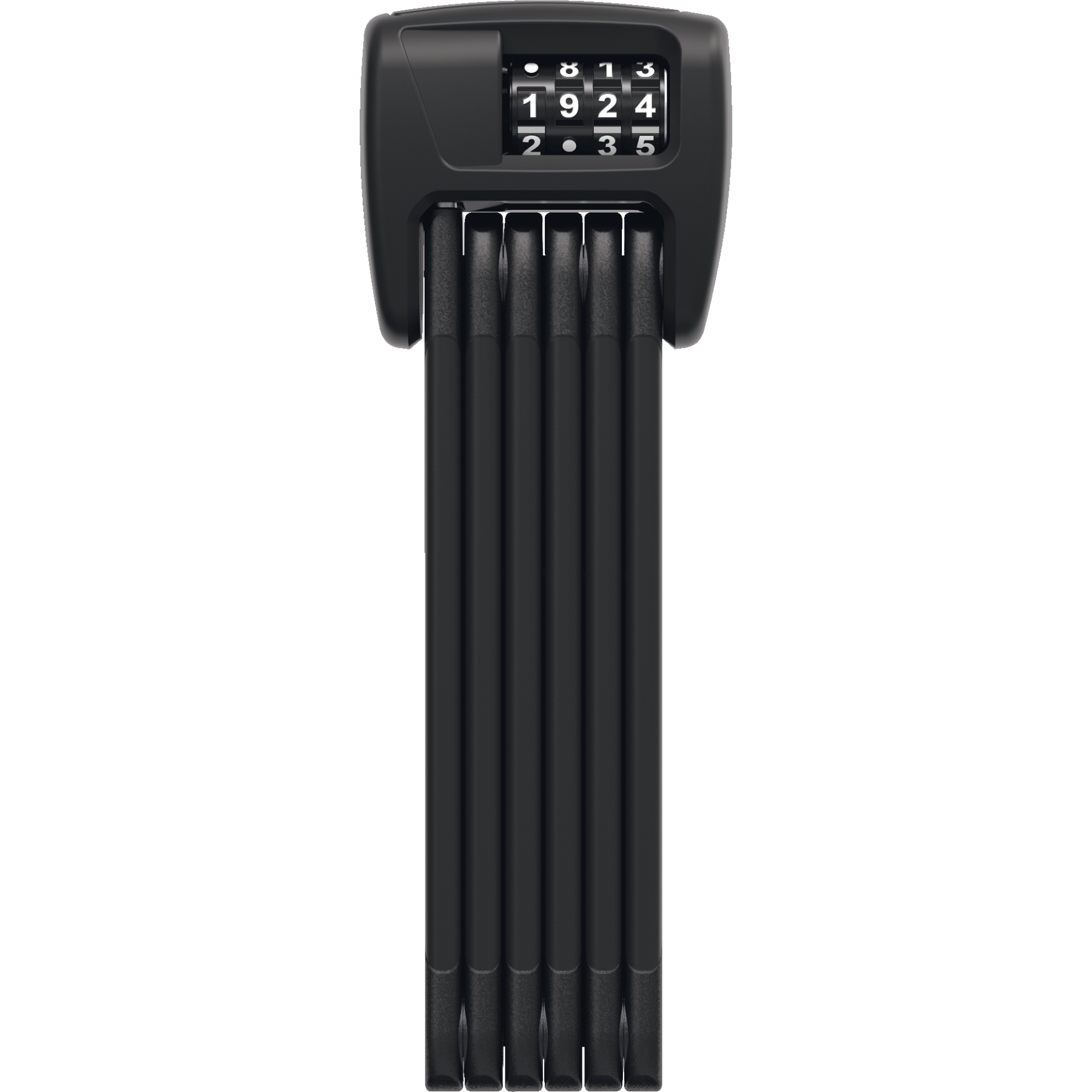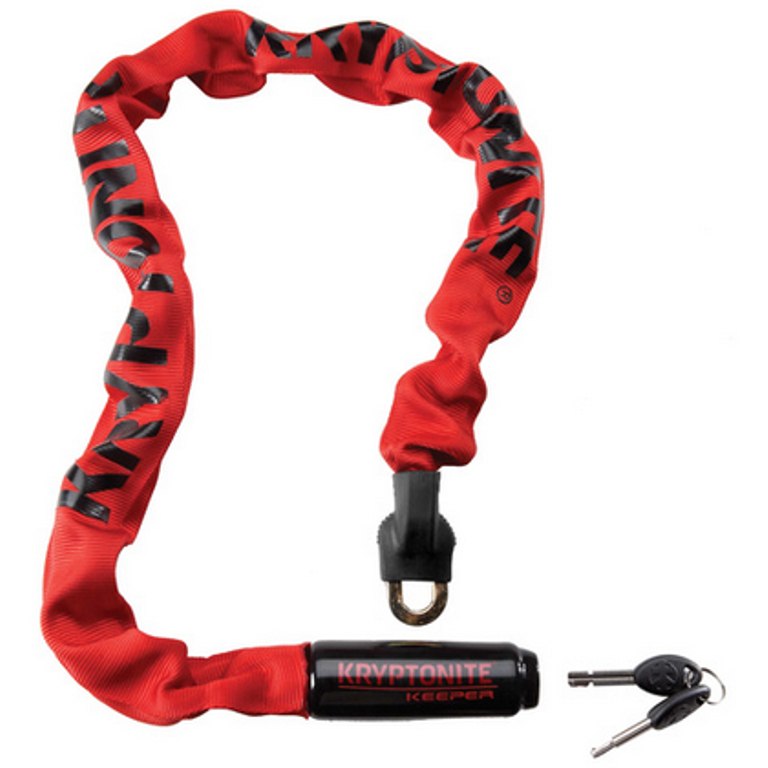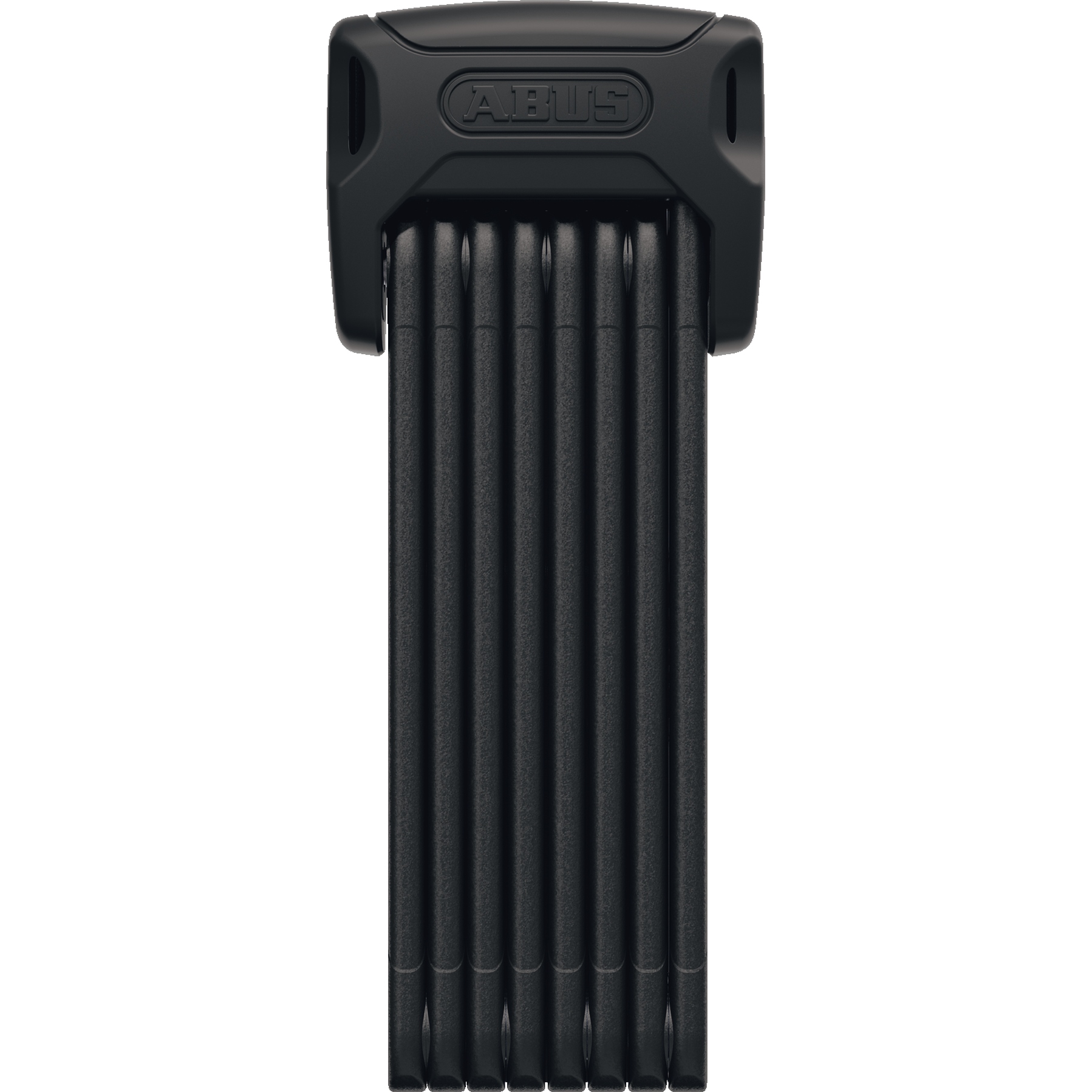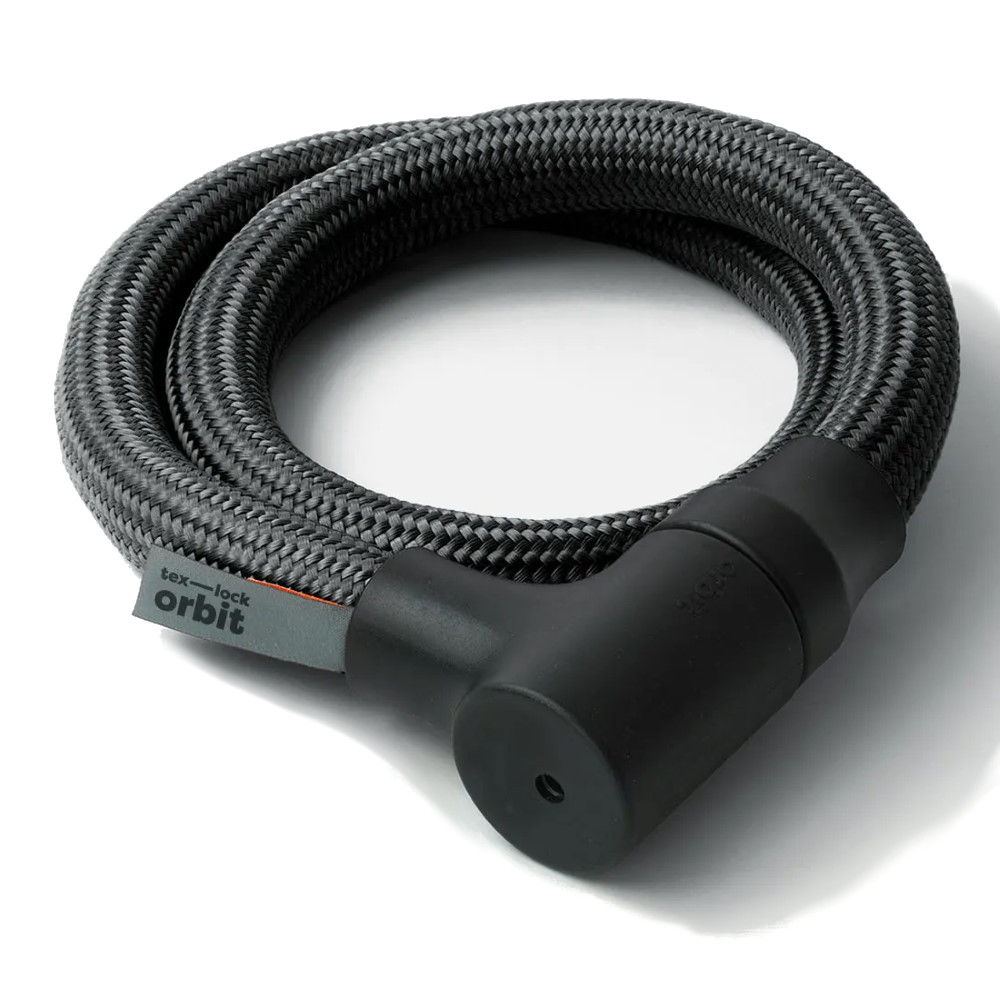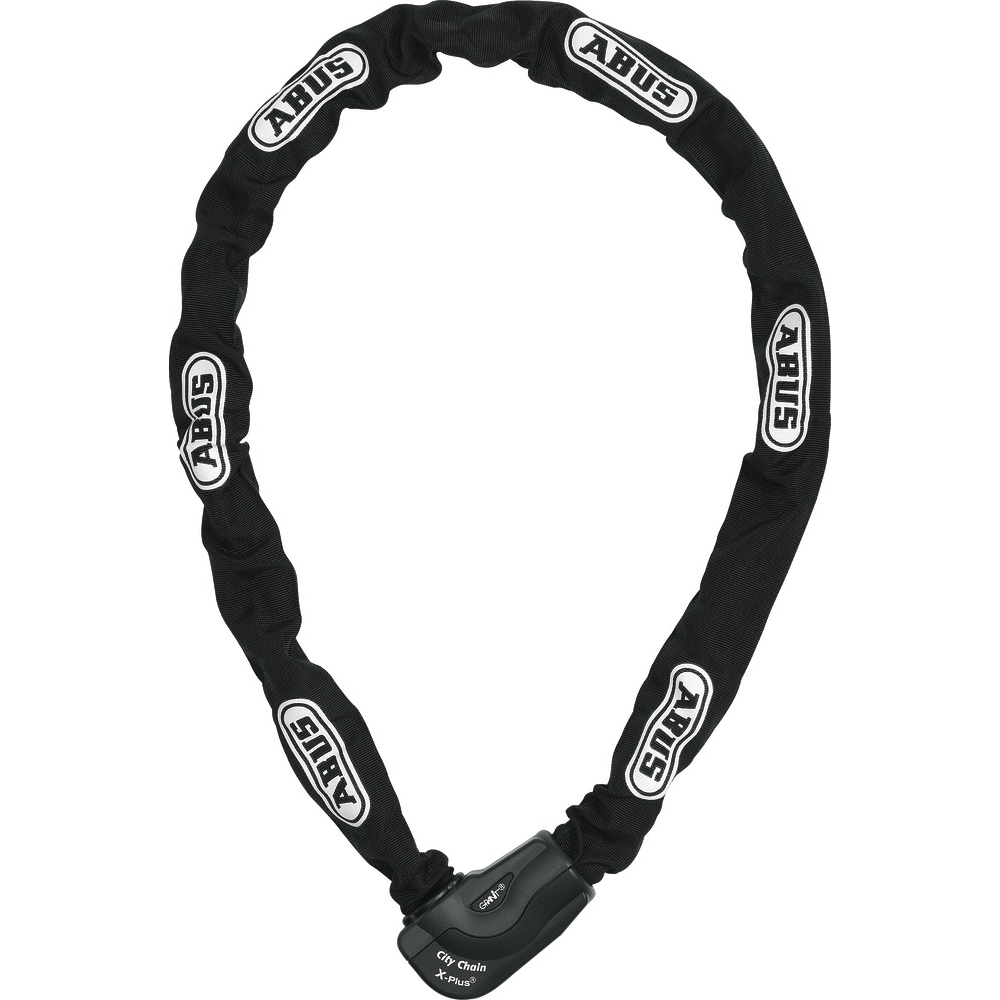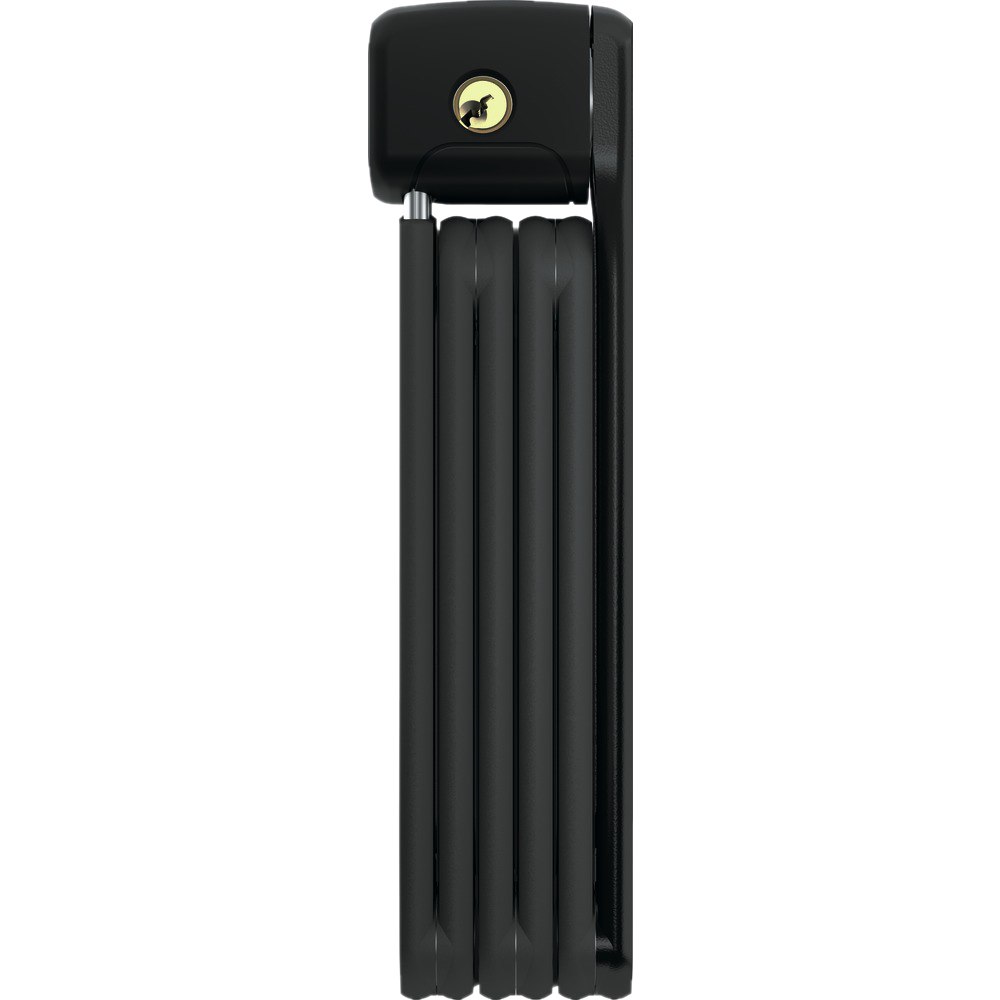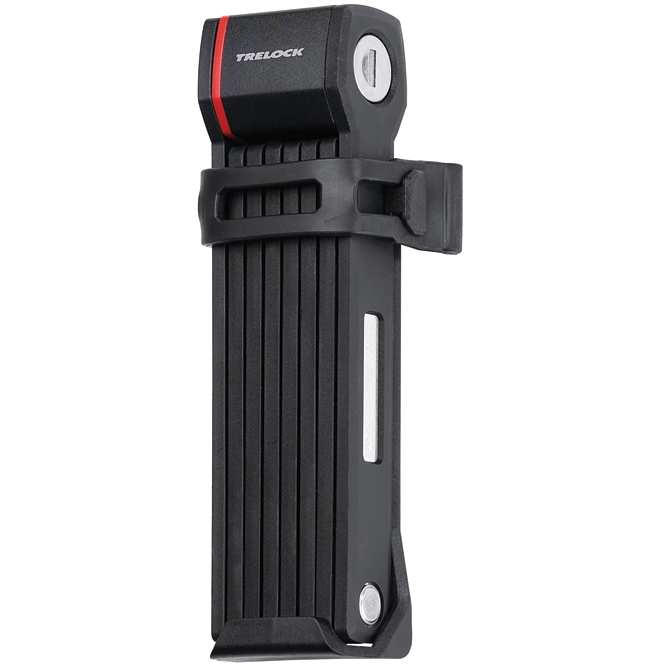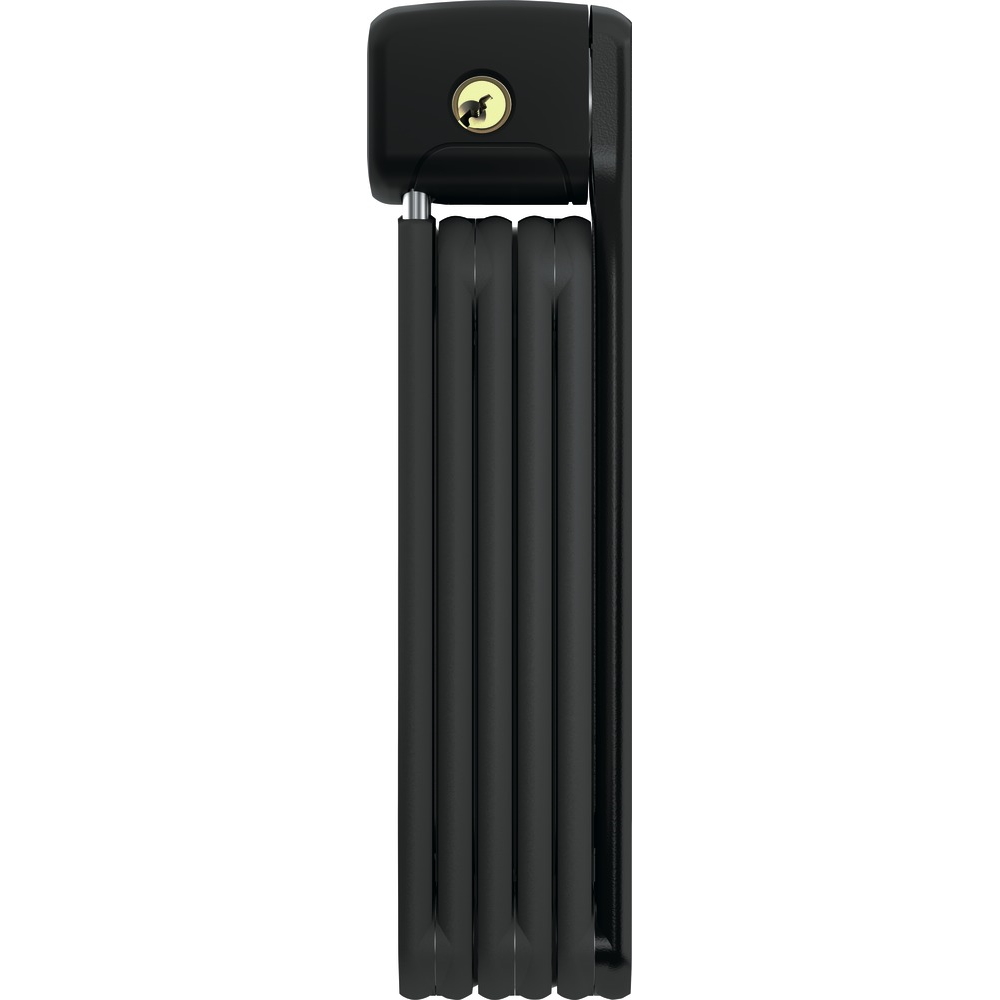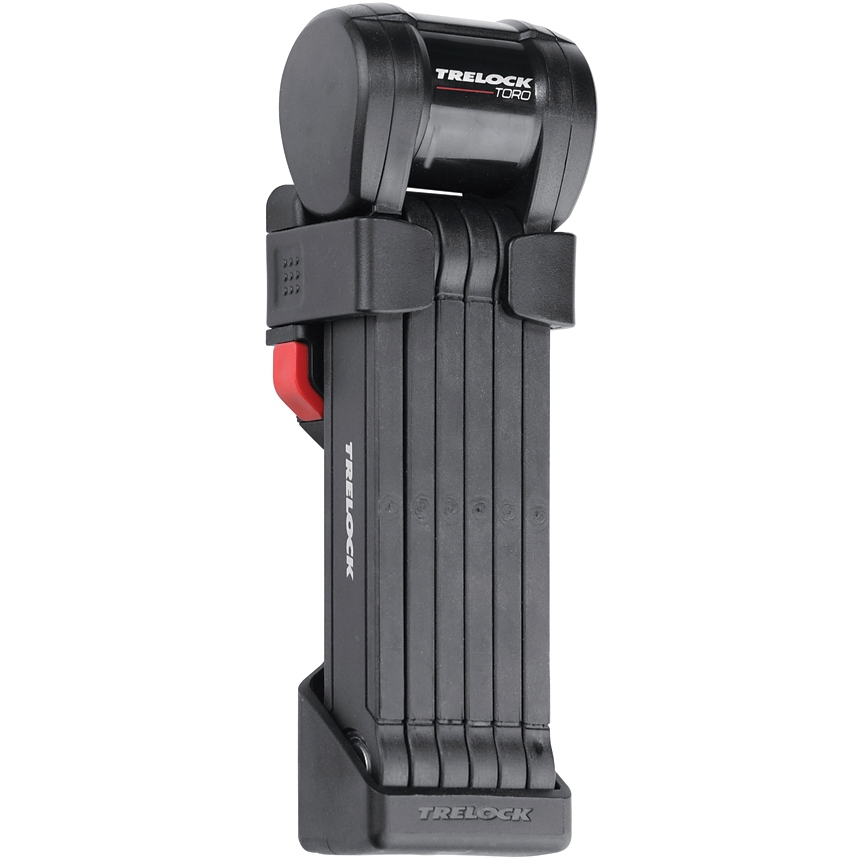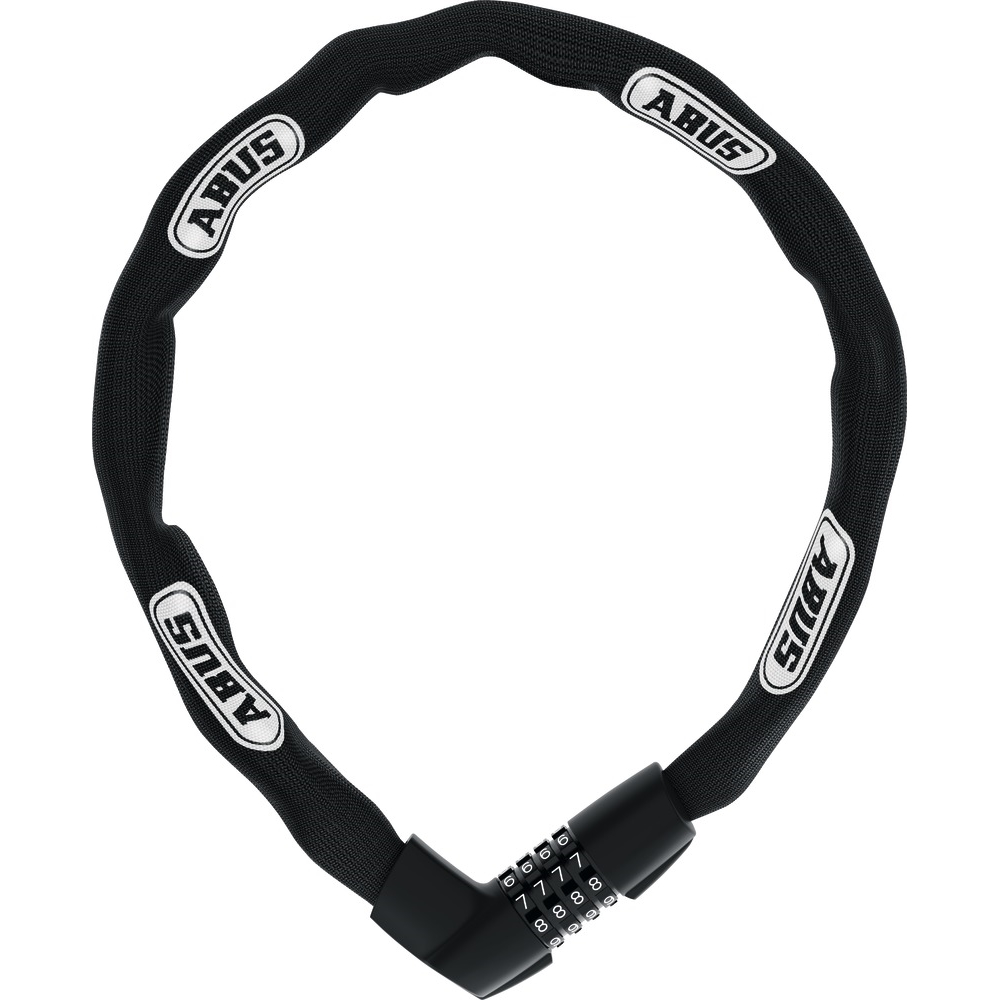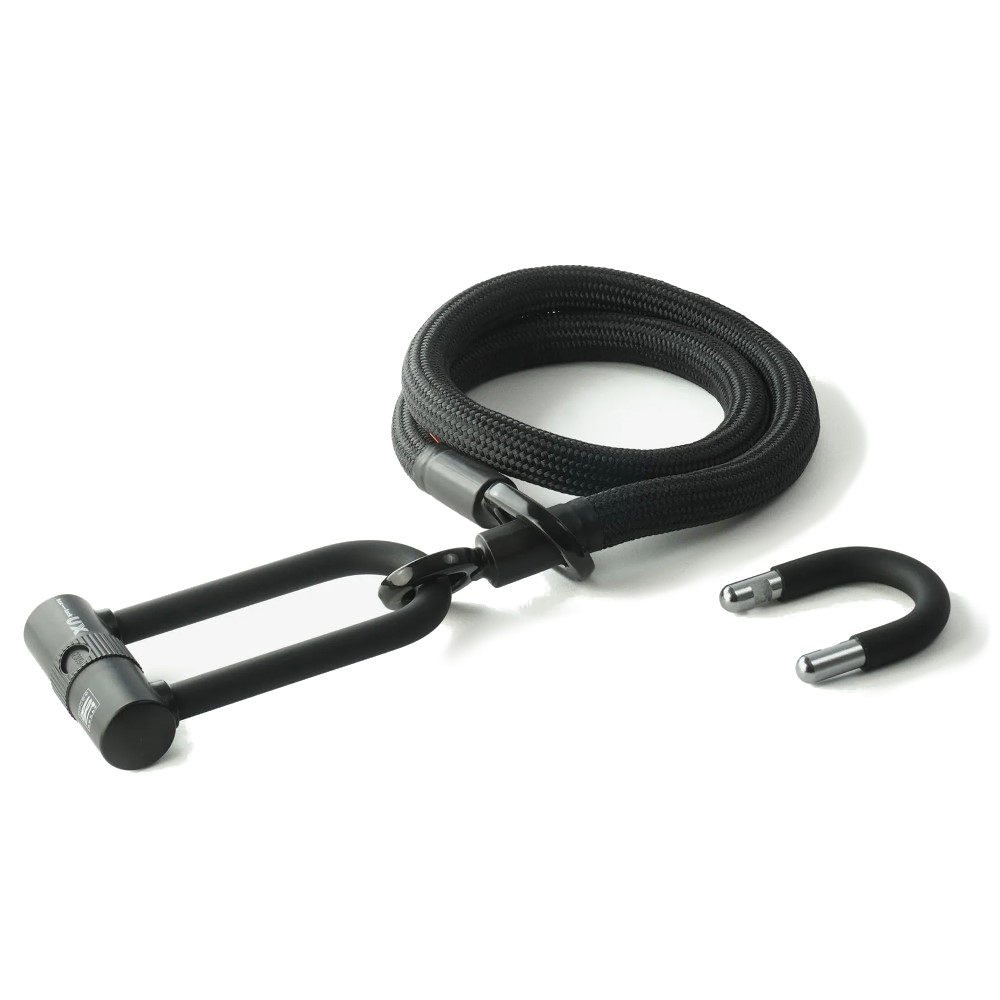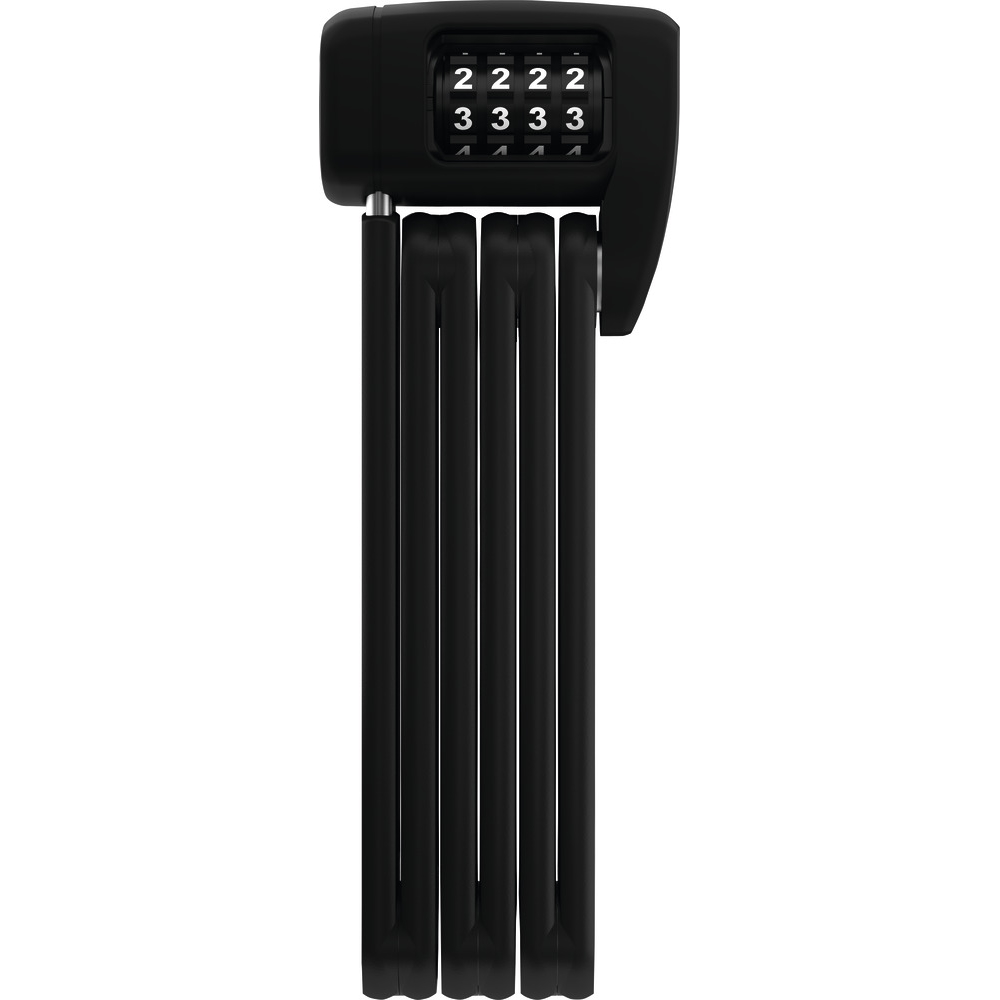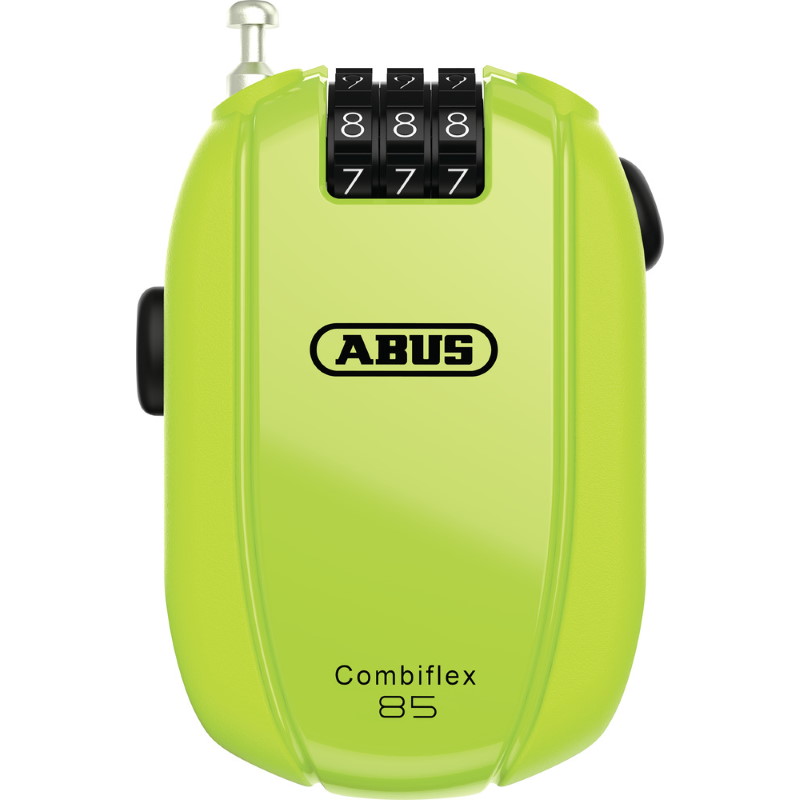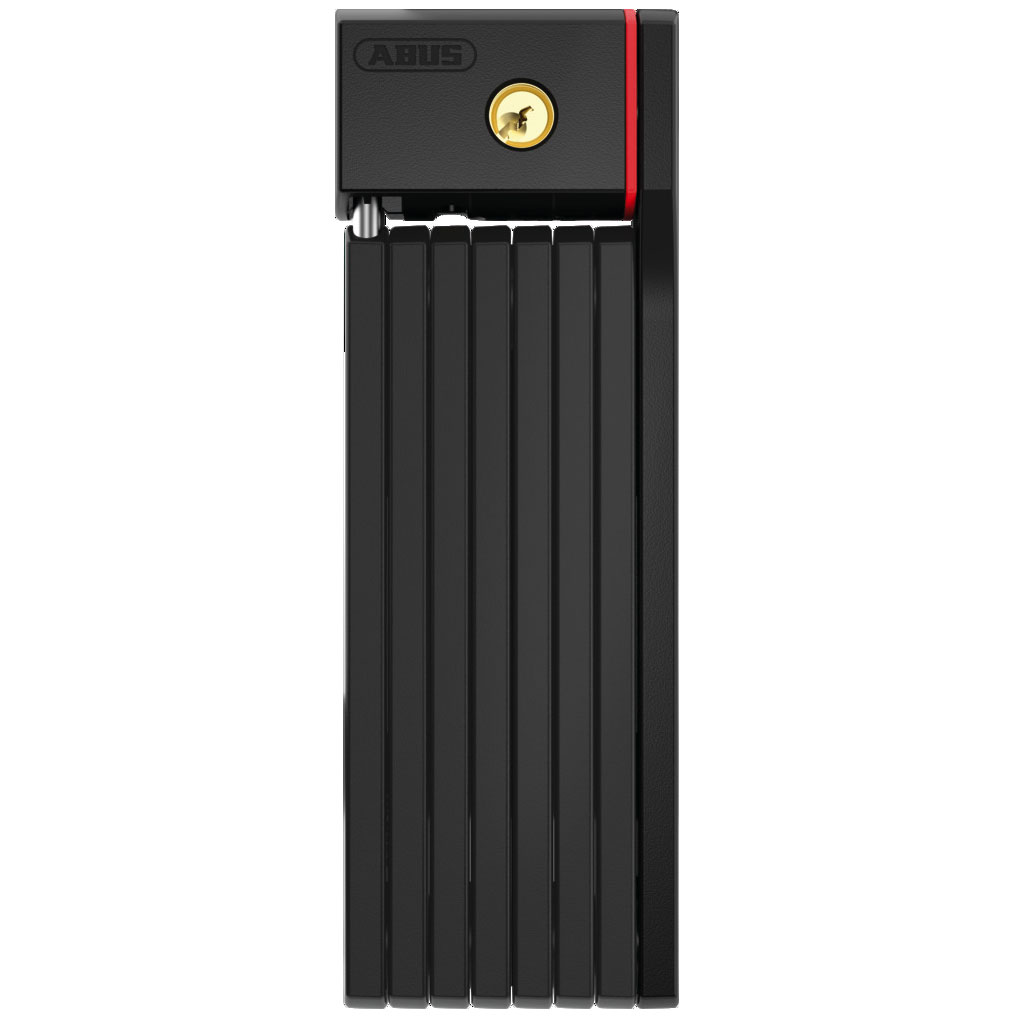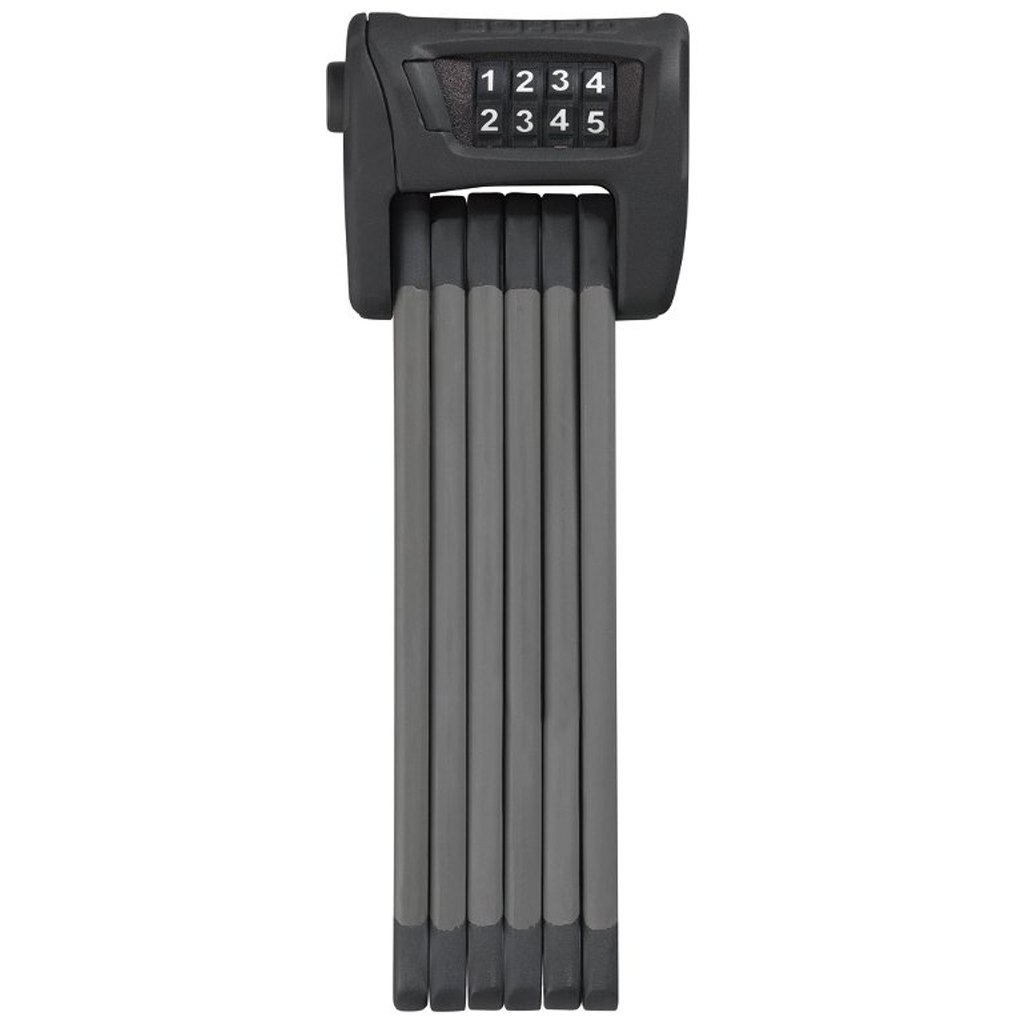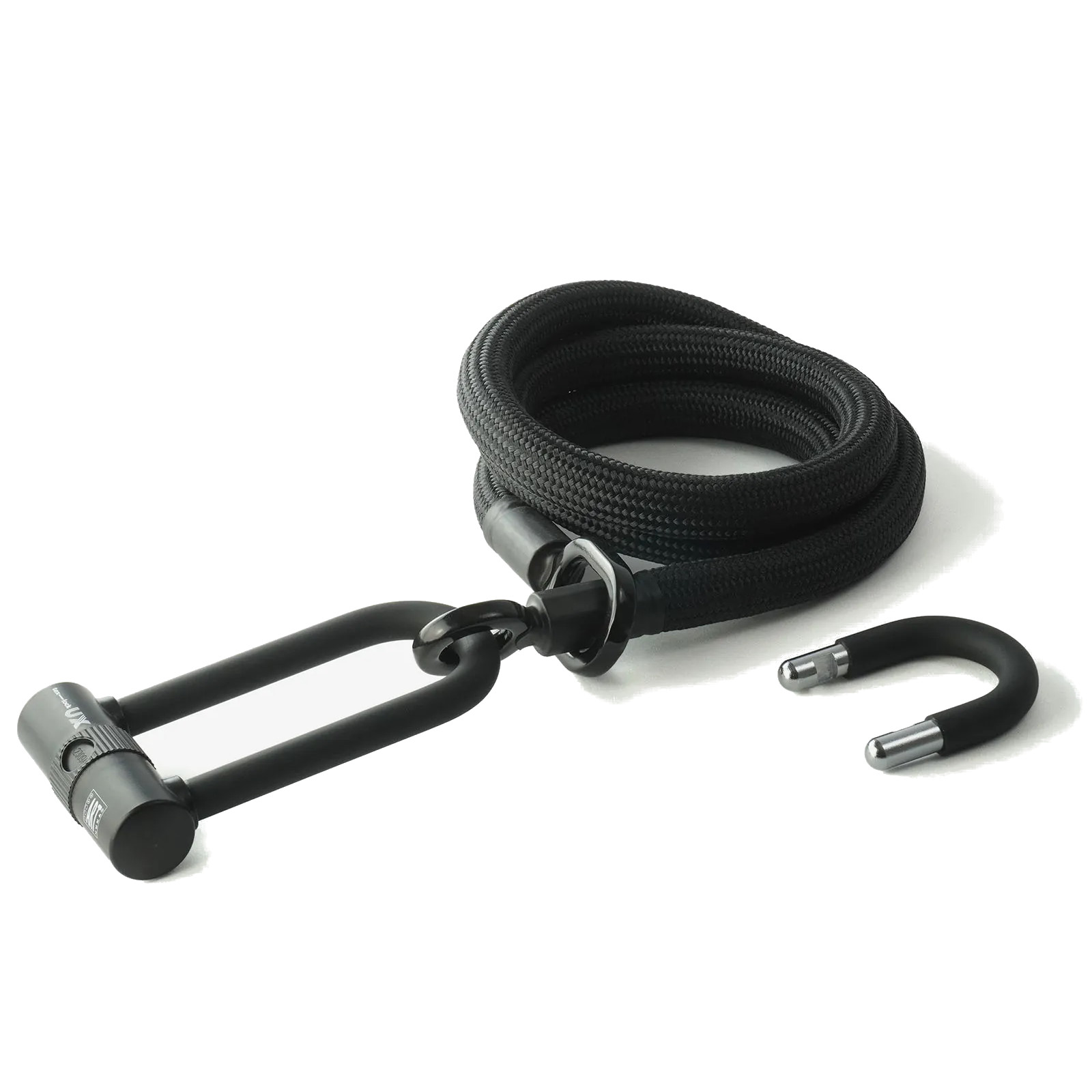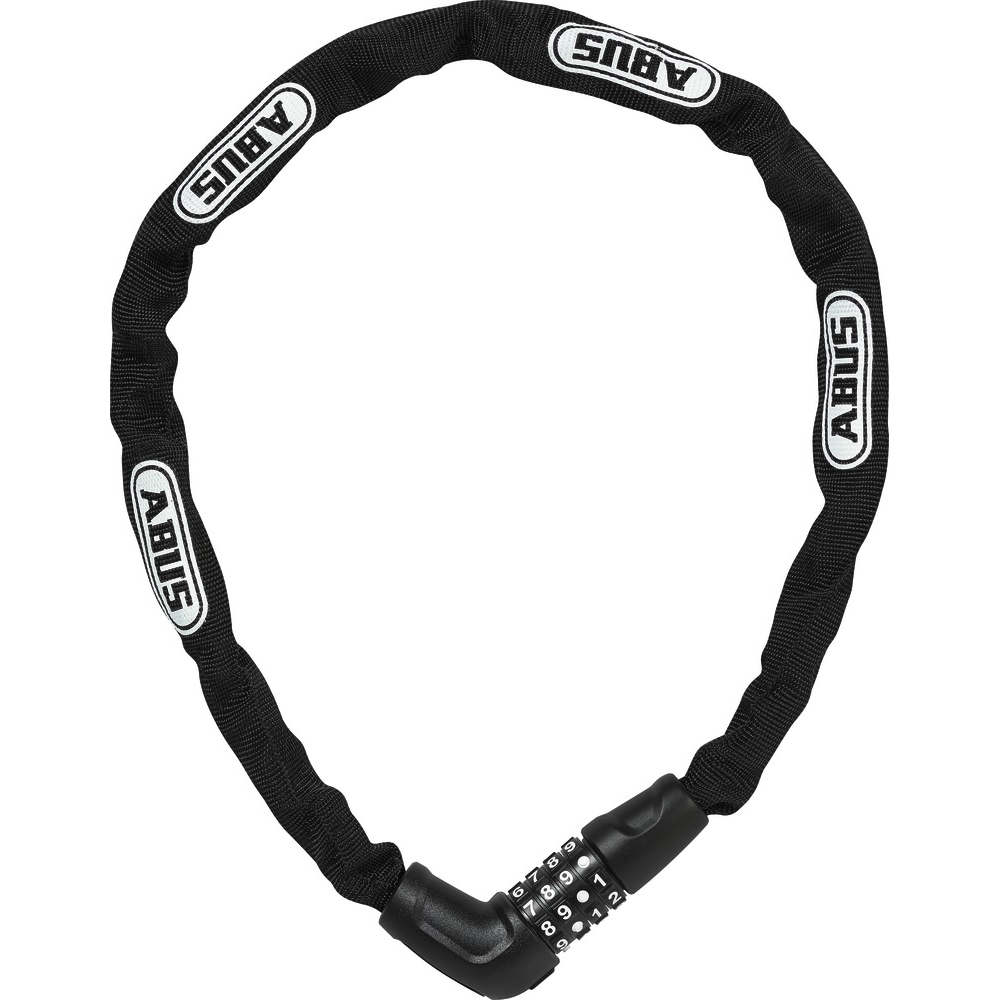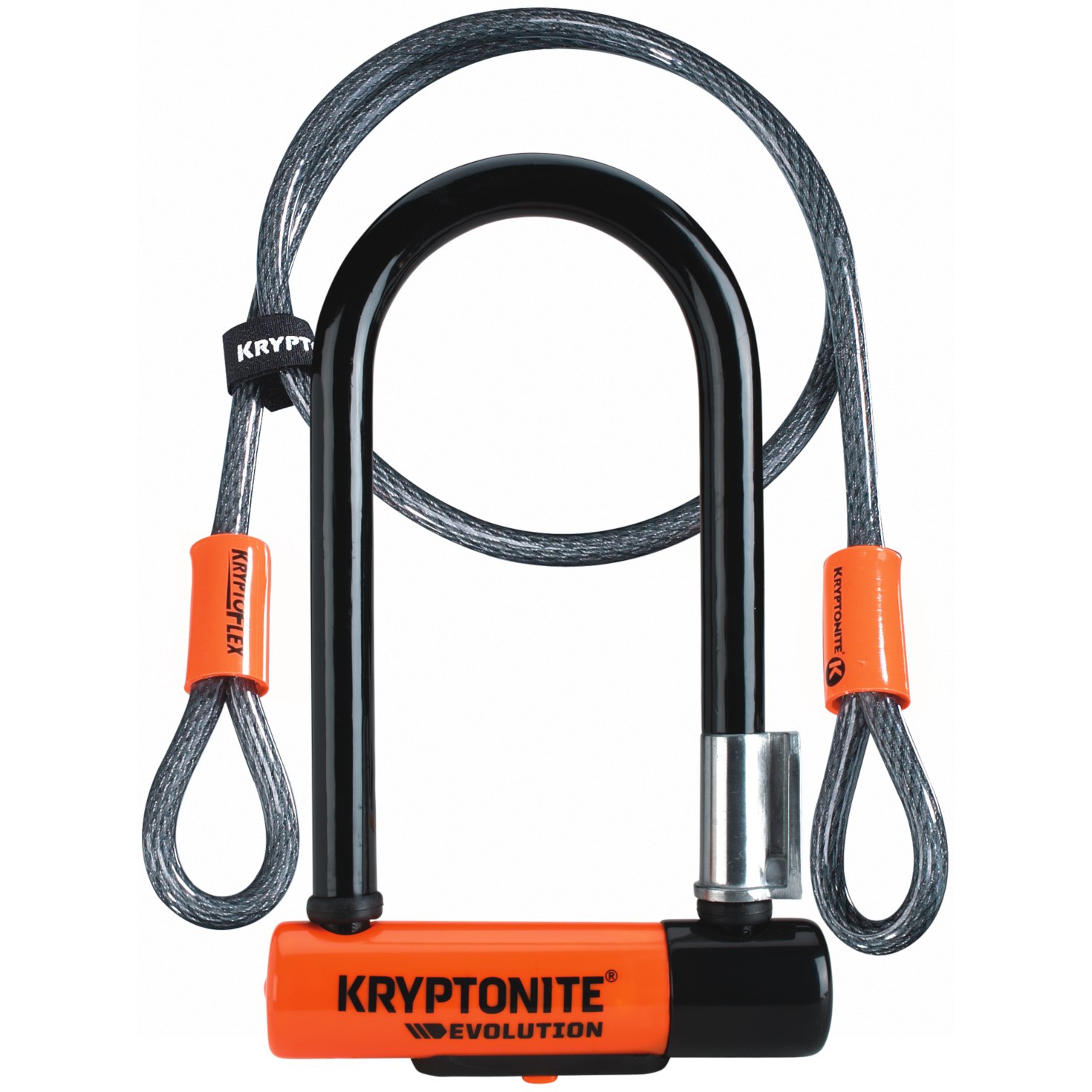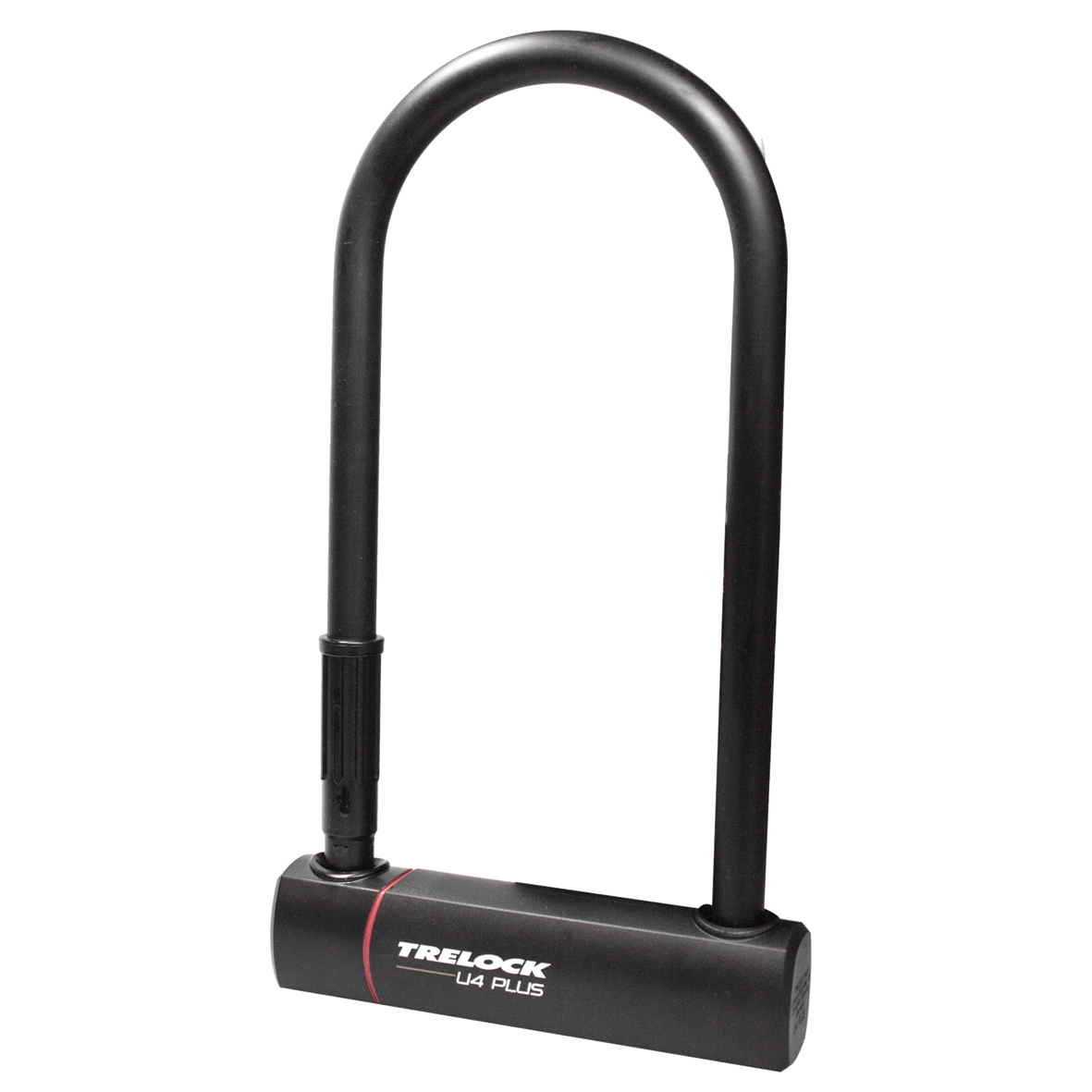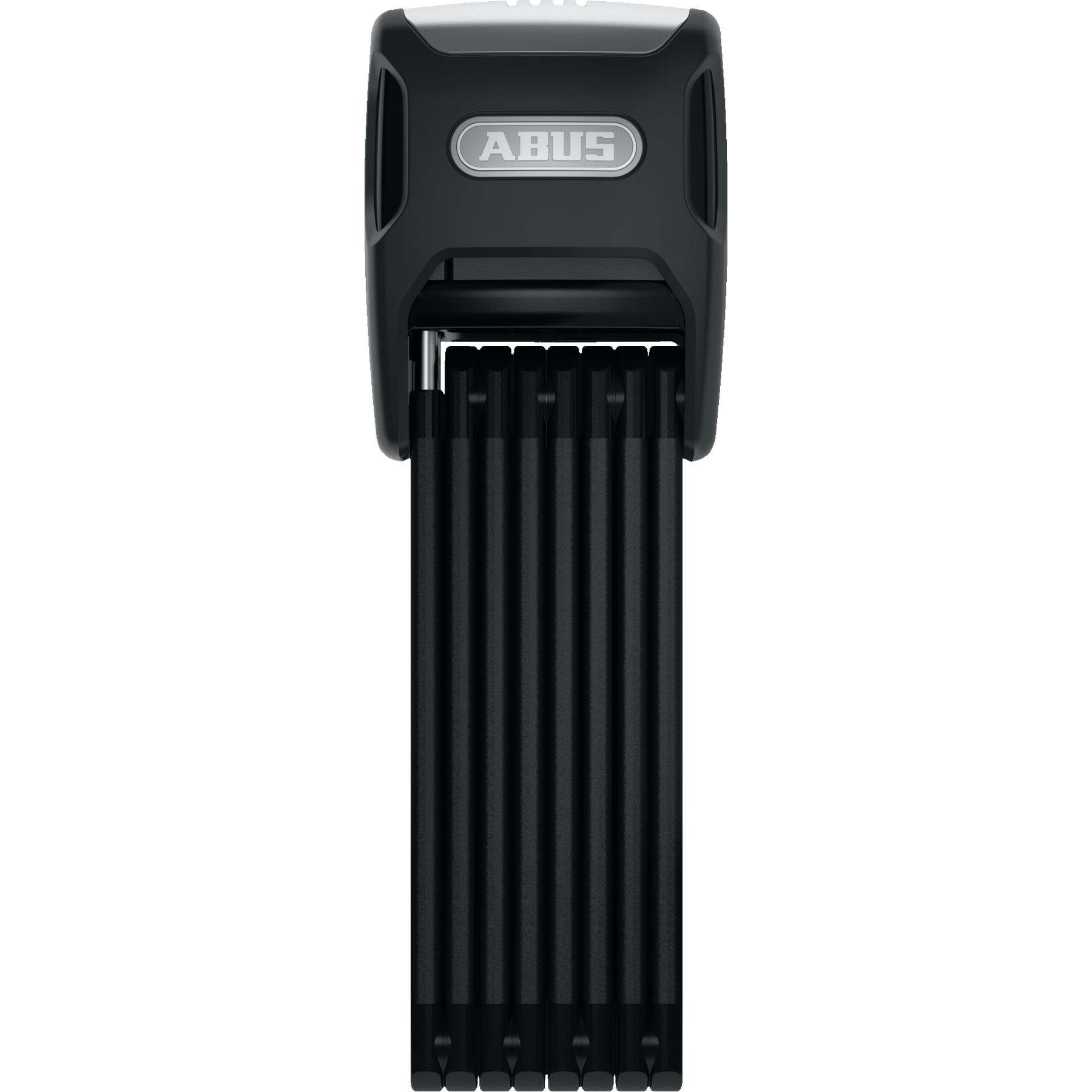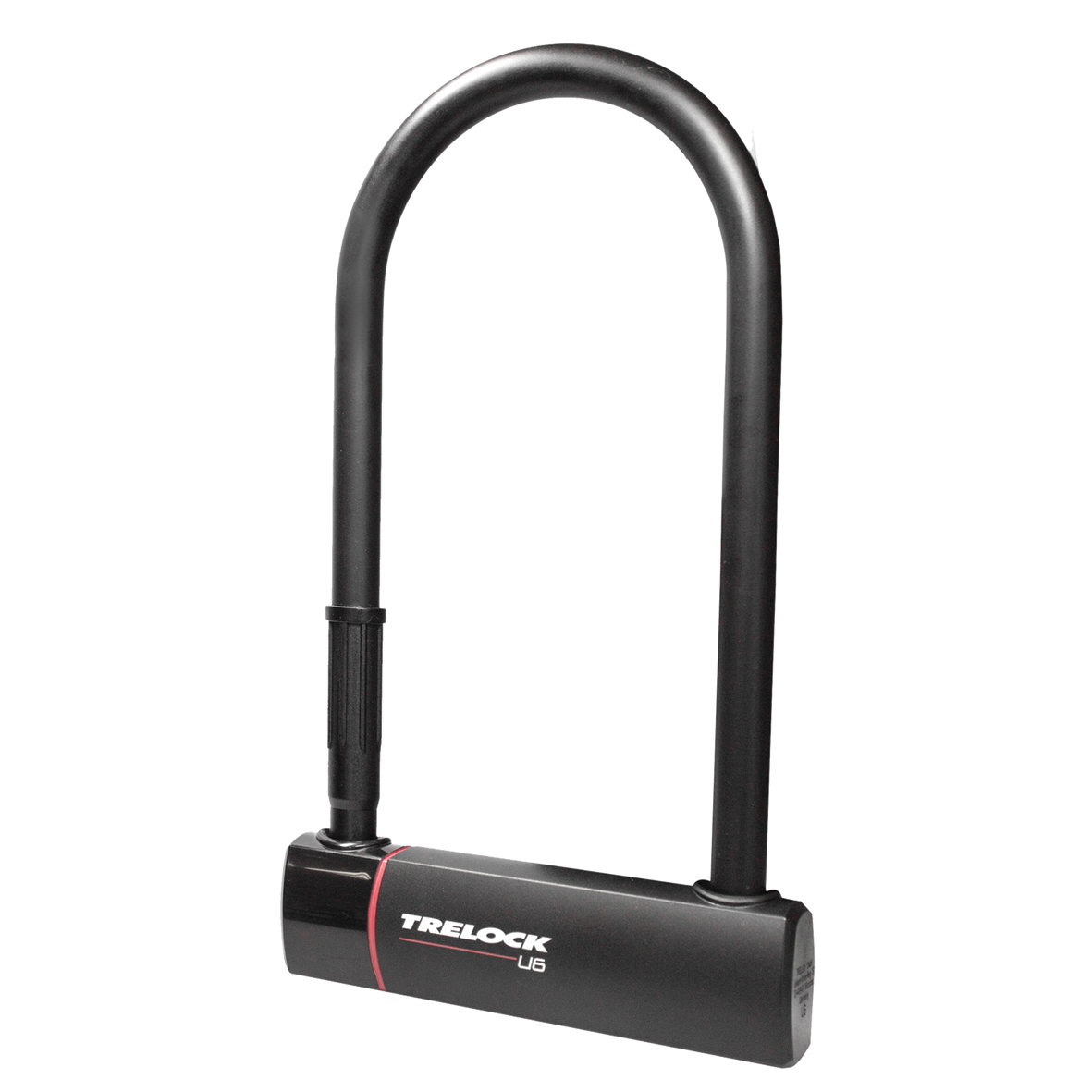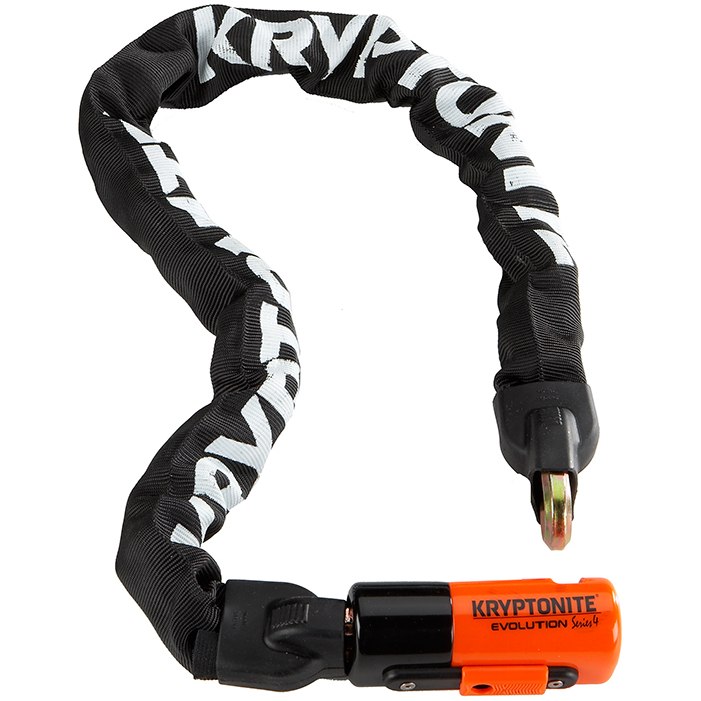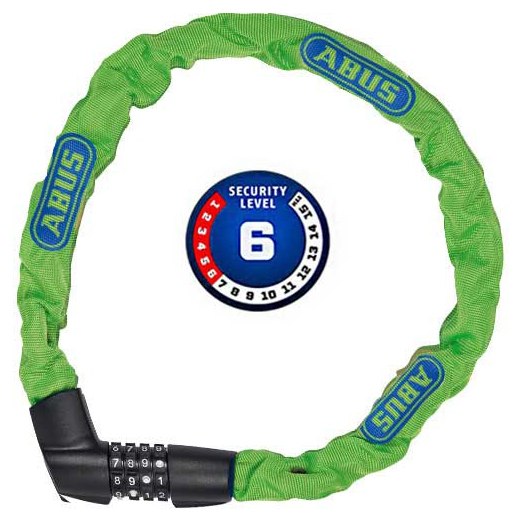- Home
- Cycling
- Bike Accessories
- Bike Locks
The Bike Lock – Effective Theft Protection for Your Bike
Do you sometimes pop into a shop and leave your bike unlocked outside? This may seem okay in some areas, but it makes your bike an easy target for opportunist thieves in most places. Particularly in cities, you should really protect your bike with a good bicycle lock – even if you only leave your bike unattended for a moment. But what lock is best for your bike? In general, the more expensive the bike, the better the lock should be. You can even benefit from double the protection with a second lock and make it even harder for thieves. After all, if there’s one thing they don’t have, it’s time. Read more
The various types of bike locks and their advantages and disadvantages
Here is an overview of the various locking systems as well as their pros and cons in terms of resilience, convenience, weight, use and transportability.
Most manufacturers also classify their locks in different security levels – allowing you to compare them more easily when browsing the BIKE24 online shop and to find the appropriate lock for your bike.
U-Locks or D-Locks
Thanks to their shape, these type of locks are known as “U-Locks” or “D-Locks”. You have probably seen one before, since it is considered to be an extremely secure bike lock. It consists of a solid steel shackle that is coated in plastic to protect the bike. The length and width of the shackle vary and the strength of the shackle in particular affects the security level.
Advantages:
- Good protection against bolt cutters and lever attacks
- Bike can be locked to bicycle racks, fences or railings
- Easy transport with a special bracket on the bike frame
Disadvantages:
-
Very heavy
-
Bulky and inflexible
Folding bike lock
The folding bike lock looks almost like a folding ruler from a distance, since it comprises (usually five or more) hardened metal links. They are connected to each other via joints and can be folded compactly just like a folding ruler. They are typically coated in plastic and can be conveniently transported using a pouch or a bracket on the bike.
Advantages:
-
Good theft protection
-
Very flexible, making securing the bike to objects easy
-
Easy to transport as it can be folded compactly
-
Bracket on the bike
Disadvantages:
- Can be quite heavy depending on the model
Chain lock
Chain locks consist of hard metal links (usually steel) that are encased in a polyamide hose or textile sleeve. Their theft protection primarily depends on how solid the chain links are – the thicker, the better. But this naturally comes at a cost of more weight. The bike chain lock is also popular as a secondary lock because it can provide additional protection for the front wheel, for example.
Advantages:
- Relatively secure when the links are thick
- Flexible use
- Different lengths available
Disadvantages:
- The lighter the chain lock, the easier it is to break with bolt cutters
- Less convenient to transport since no special bracket is available
- A chain lock which offers good protection is also heavy
Bike cable lock
This kind of lock consists of a steel cable, usually covered in plastic or some sort of fabric to protect the bike from scratches and paint damage. Some are reinforced with steel jackets to protect the steel cable core. Others can be rolled into a spiral, thereby simplifying transport and improving flexibility. The protection provided by cable locks primarily depends on how strong the steel cable is. So, don’t be fooled by merely a thick plastic sleeve.
Advantages:
- Flexible and light
- Easy to use
- Easy to transport in a rucksack
- It can be transported with a bracket that mounts to the bike
Disadvantages:
- Thin cables offer less protection
- Not recommended as the only lock for expensive bikes
Frame lock
This locking system, also called wheel lock, is mounted to the bike frame. A frame lock locks the rear wheel to prevent opportunistic thieves from simply riding off with your bike. But since the bike would be relatively easy to carry away without an additional locking system, it’s advisable to buy a frame lock with a chain. Combined in this way, it works like a chain lock – enabling you to secure the bike to a bike rack, lamp post or something else.
Advantages:
-
Pre-installed on many city bikes
-
Quick to use
-
Lightweight
Disadvantages:
- Standard models offer no protection against thieves carrying your bike away
The locking system – key or combination?
All types of bike locks are available as both key locks as well as combination locks. Versions with keys are more common. Most come with two or three keys, one of which might feature a little LED light – depending on the price category of the bike lock.
The bicycle combination lock has the advantage that it doesn’t require a key which you could lose – however you do have to memorise the numeric code or write it down somewhere safe. You can usually freely define the code yourself. The number of digits varies between three and five – the more numbers the lock has, the more secure it is.
A bike lock with alarm – is it worthwhile?
Some locking systems have an integrated alarm to scare away potential thieves with loud noise. A number of bike locks even come with an app for your smartphone that warns you when the alarm is triggered. Of course, this type of lock is more expensive than a model without an alarm function.
Particularly valuable bicycles like high-end road bikes and mountain bikes certainly justify more expensive security measures. If you’re willing to invest more money in protecting your bike from theft, you should consider a bike lock with alarm.
Securing the bike: How to do it right
Essentially, you need to make it as difficult as possible for thieves to steal your bike. A few simple rules can help in addition to the bike lock you choose. Ideally, you should:
- Always secure your bike to a fixed, external object – bicycle parking facilities are your best bet, but other street furniture such as railings, a lamppost or a sturdy fence can be good options too, if allowed.
- Lock at least one wheel in combination with the frame. If that’s not possible, the priority should be: frame, rear wheel and then front wheel.
- Secure your bike in a well-lit place with plenty of people around.
